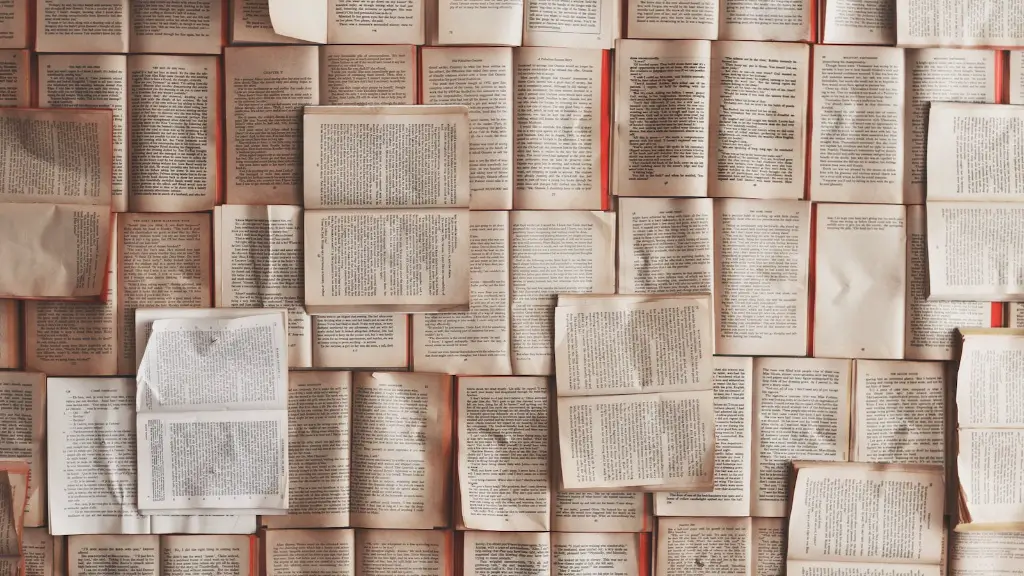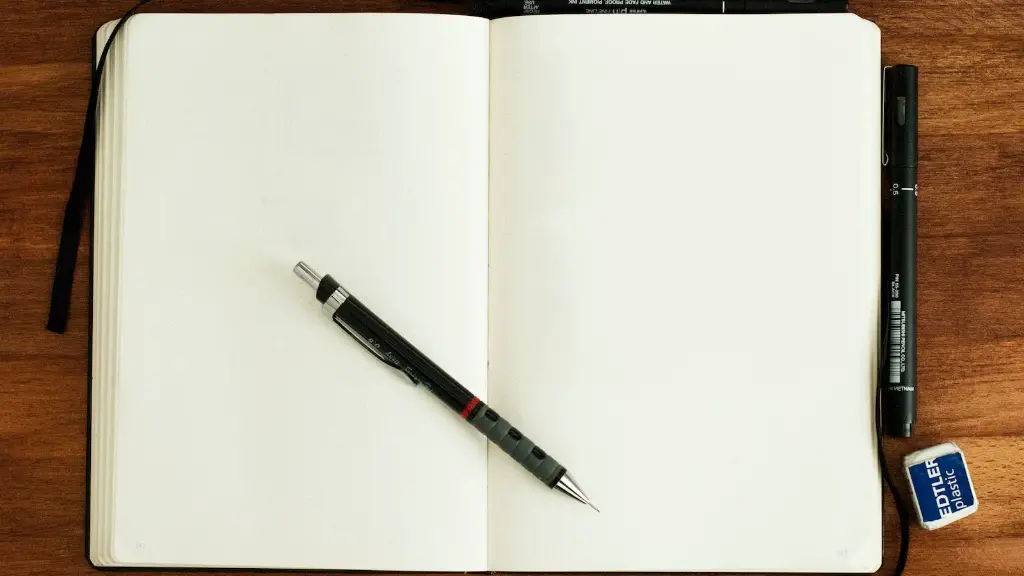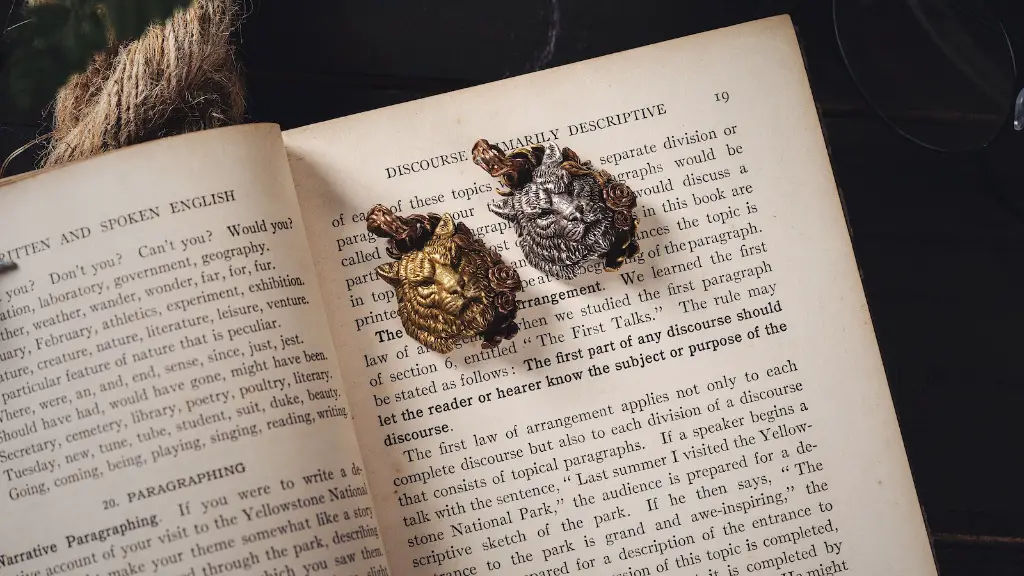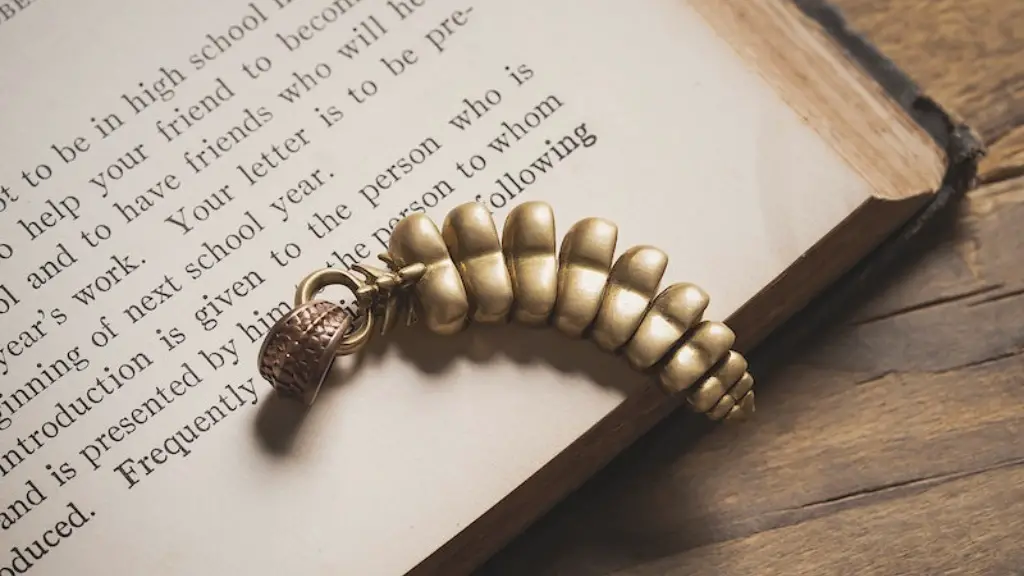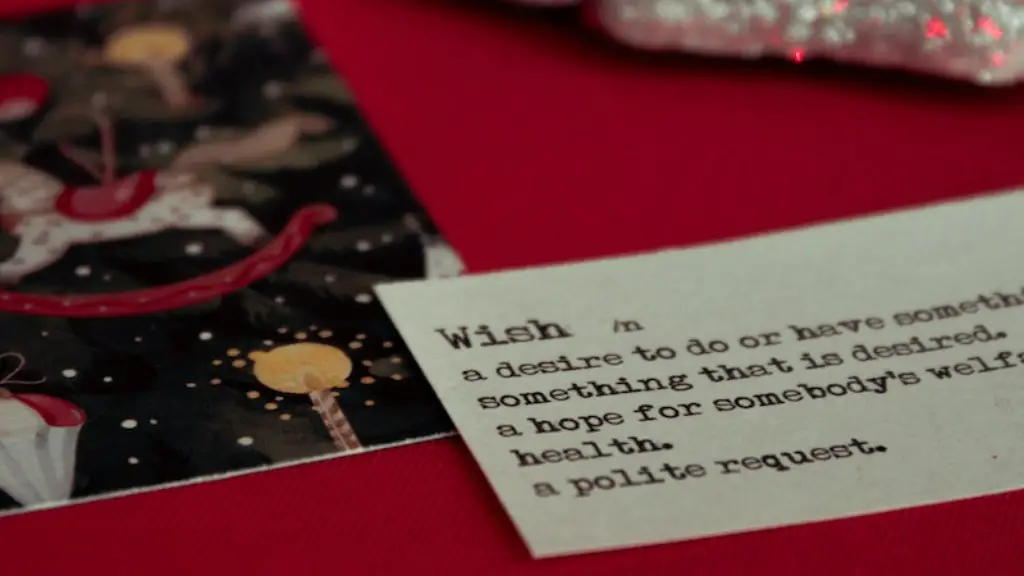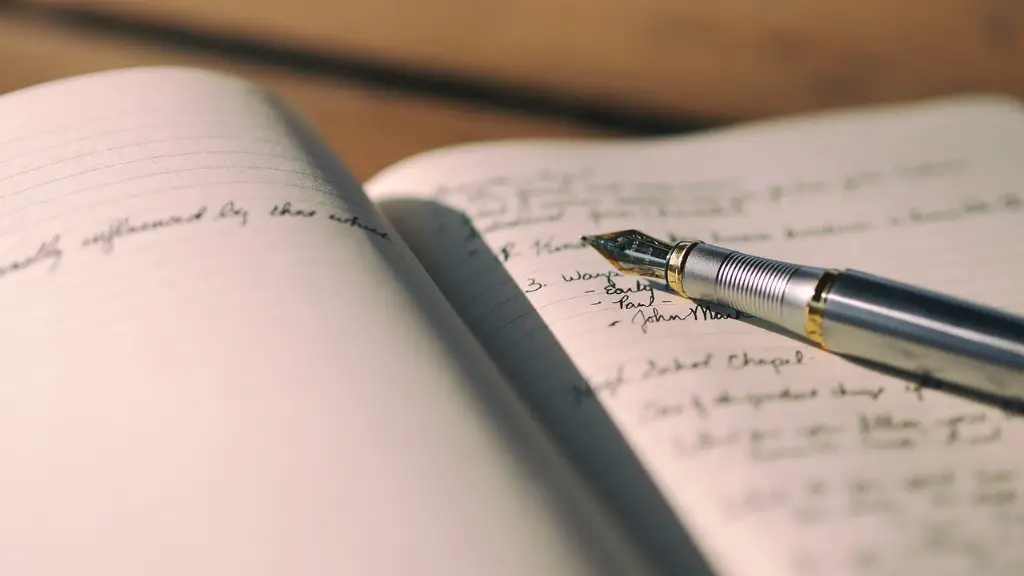Lyric poetry is perhaps the oldest form of poetic expression known to mankind. It has been used to convey emotion and tell stories for centuries, and is still one of the most powerful forms of writing in today’s society. But which period is the golden age of lyric poetry? The answer is not so simple, as there are countless lyrical masterpieces from various points in history. While opinions may differ, the consensus is that the golden age of lyric poetry can be broadly traced back to the world’s three major poetic traditions from ancient Greece and Rome, the Renaissance and the modern era.
The ancient Greeks and Romans are widely seen as the creators of lyric poetry, as they were among the first to begin writing poetry in the western world. They were also the first to define the three primary elements of lyric poetry: metre, form and content. The period is best known for its epic poets such as Homer and Virgil, who wrote long works full of intricate detail. However, their lyrical works were also deeply moving, with examples such as Catullus’ ‘Carmina’ and Sappho’s ‘Fragmenta’ drawing on intense emotion and narrative. It is these works which provide the foundation of lyric poetry.
The Renaissance of the 15th and 16th centuries saw a flourishing of lyric poetry in Europe, with authors such as Dante, Petrarch and Shakespeare leading the way. This period is considered to have produced some of the finest works of lyric poetry in the world, with many of their works still celebrated and studied today. These authors found ever more creative ways to convey their emotions, thoughts and experiences through their works. This alone is considered to make the Renaissance the golden age of lyric poetry.
The modern age of lyric poetry is marked by the emergence of various authors from around the world, including such luminaries as Walt Whitman, Rabindranath Tagore and Émile Nelligan. This period not only saw an explosion of lyric poetry but also of different forms and styles. From the surging rhythms of Whitman to the delicate romance of Nelligan, these poets explored a wide range of themes and used new techniques to enrich their works. This is why the modern era is often considered the peak of lyric poetry, though opinions differ as to which era was actually the golden age.
Evolution of Lyric Poetry
The story of lyric poetry is one of constant change. From the austere works of Homer to the soaring epics of Dante and the free-flowing odes of Whitman, it has seen dramatic shifts in style, tone and content over the course of history. The earliest lyric poets made use of themes such as love, war and myths, while later works explored such topics as science, religion and politics. This evolution can be traced back to the efforts of individual authors, who were willing to push boundaries and create something new.
This desire to innovate also led to the development of new forms and styles, such as the sonnet, the ode and the elegy. These still exist today in some form, although modern lyric poets often forego traditional forms in favour of more experimental approaches. This has resulted in some truly remarkable works, from the acerbic satire of Spike Milligan to the playful verse of Mark Twain to the moving hymns of William Blake.
The creativity and emotions of these works makes it clear that lyric poetry is much more than simple words on a page. It has evolved over time and will continue to do so as authors find ever more inventive ways to express themselves. This makes it all the more remarkable that certain works from the distant past remain just as vivid and powerful today.
Inside the Lyric Poem
Though lyric poems vary drastically in form and content, there are certain recurring elements that can be found in all great works. These include rhyme, metre, symbols and imagery. Each of these elements offers authors a range of possibilities and can be used to create a vivid and memorable experience for the reader.
Rhyme is perhaps the most common and widely used element of lyric poetry, as it adds a sense of musicality and flow to the poem. Meter, too, provides a structure to the poem and helps ensure that the words and ideas flow smoothly from one to the next. Symbols and imagery, meanwhile, convey meaning and emotion in a very direct and powerful way. This can help make the poem’s meaning immediately accessible to the reader.
These elements also work together to create a cohesive, immersive experience for the reader. By using rhyme, meter and symbols, the author can craft a poem that is both captivating and meaningful. This is why so many lyric poems have stood the test of time, as they provide a multi-sensory journey into the world of the author.
The Power of the Lyric Poem
Above all, lyric poems are powerful. They can inspire, challenge, comfort and move their readers in ways that are hard to describe. Whether it’s the poignant beauty of a love poem or the stirring patriotism of an ode, these works can have a lasting impact on their readers. This is why lyric poetry has been used throughout history to express the hopes and dreams of a culture, a nation or a person.
The power of the lyric poem to move and inspire is why it remains such an important and popular form of writing today. The hope is that future authors will continue to explore the possibilities of this timeless art form, creating ever more stunning works that can touch and enlighten their readers.
The Variety of Lyric Poetry
Though some may say there is a single golden age of lyric poetry, it is also clear that there is much more to this art form than one period of time. While the Renaissance may be seen as a peak of lyricism, there are countless other great works going all the way back to ancient Greece and Rome. This vast array of works shows just how varied and diverse lyric poetry can be.
The fact that lyric poetry has survived and evolved so much over the centuries is testament to its power and influence. Lyric poetry can be a joy, a comfort and a challenge. It can make us see the world in a new way and give us a glimpse of what is possible. It can also remind us of our shared humanity and of the universal experience of life.
The Legacy of Lyric Poetry
Although it may be hard to pinpoint which period is the golden age of lyric poetry, it is clear that this art form has left an indelible mark on culture and history. Its legacy can be seen in the works of modern authors, the music of popular bands and the language of ordinary people. It has been used to express love, sorrow, anger and joy, and will continue to be so for many years to come.
At its best, lyric poetry has the power to transcend the barriers of time and culture, to speak to us directly through its words and emotions. This makes it perhaps the most powerful and affecting art form of all. Whether it was written by an ancient poet or a modern author, a lyric poem can still touch our hearts and minds in a way that few other works can.
Current State of Lyric Poetry
Today’s lyric poetry has been shaped by the works of our predecessors and by the changing context of 21st century life. Technology and the global communication revolution have had an immense impact on the genre, though it has largely retained its traditional form and focus. As well as this, authors are delving into new themes and experimenting with different styles and forms.
What is certain is that lyric poetry is alive and well in the present day. Its popularity is unquestioned, and it remains one of the most dynamic and powerful forms of writing. Its influence can be seen in the works of contemporary authors such as Maya Angelou, Langston Hughes and Paul Muldoon, all of whom use lyricism to express the beauty, pain and richness of life.
Lyric Poetry in the Future
As to what the future holds for lyric poetry, that is impossible to predict. It is likely that the genre will continue to evolve as authors find new and creative ways to express themselves. It may also become more diverse, embracing more cultures and countries than ever before.
Whatever the future holds, lyric poetry will continue to be one of the most powerful emotive forces in literature. Its words and emotions can still move us to tears and spur us to new heights of understanding, just as they have done from the time of the ancient Greeks. This power is what makes lyric poetry so enduring and timeless.
